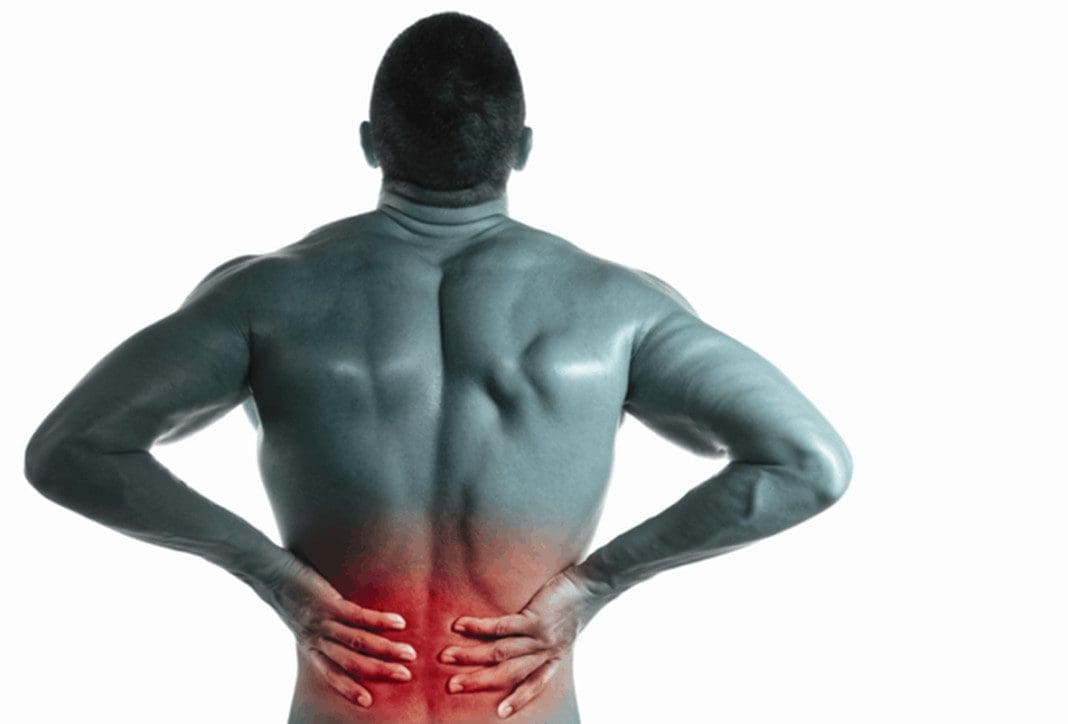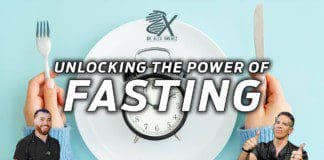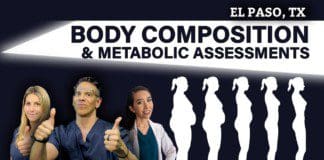Table of Contents
Introduction
The lower back works with the body’s lower extremities by stabilizing the hips and helping support the upper body’s weight. The lower back also has many functions when it comes to mobility. The lower back allows the person to bend, twist, and rotate the torso without any pain inflicted on the body. When normal factors or traumatic issues start to cause low back pain in the individual, the pain-like symptoms can correlate to the development of trigger points in the lower back muscles. Today’s article examines the quadratus lumborum, how myofascial trigger pain affects the low back, and how to manage myofascial trigger pain through various treatments. We refer patients to certified providers who incorporate multiple techniques in low back pain therapies related to trigger points to aid individuals dealing with pain symptoms along the quadratus lumborum in the lower back. We encourage and appreciate patients by referring them to our associated medical providers based on their diagnosis, especially when it is appropriate. We understand that education is an excellent solution to asking our providers complex questions at the patient’s request. Dr. Jimenez, D.C., utilizes this information as an educational service only. Disclaimer
What Is The Quadratus Lumborum?
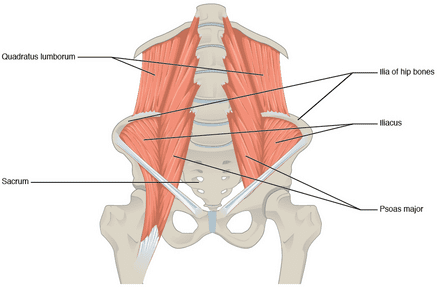
Have you been experiencing low back pain? Do you feel relief when you stretch your lower back, only to have the pain return later? Do you feel tenderness or soreness on the sides? Many of these complaints are correlated with low back pain associated with trigger points along the quadratus lumborum. The quadratus lumborum is a flat, quadrangular-shaped muscle in the iliac crest and deep back. This muscle plays an important part in the thoracolumbar fascia that covers the posterior body area while involving the lower and upper parts of the limbs. According to “Myofascial Pain and Dysfunction: The Trigger Point Manual,” written by Dr. Janet G. Travell, M.D., mentioned that the quadratus lumborum functions to control the side bending to the opposite side by lengthening contraction. Other studies reveal that various actions on the lumbar spine have been attributed to the quadratus lumborum. When the quadratus lumborum goes through these different actions, it can cause the muscles to become overused, or when injuries occur in the lower back, it can lead to various issues that can develop into overlapping conditions in the lower back.
Myofascial Trigger Pain Affecting The Low Back
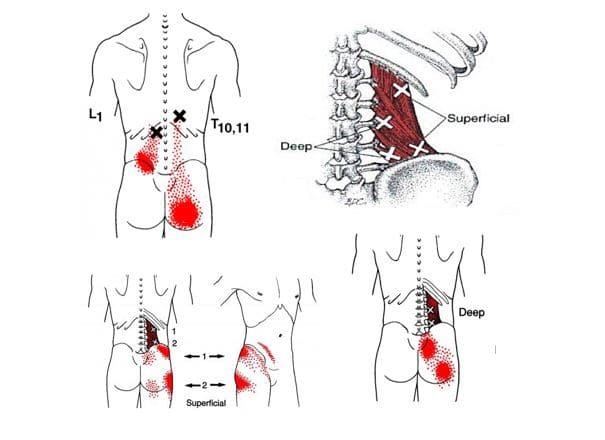
When it comes to the lower back, many individuals worldwide experience some pain in their backs, and low back pain is common. Various factors cause low back pain from lifting heavy objects, over-exerting the sides with rapid turning, or even normal wear and tear of the body, which can cause lower back pain. When low back pain affects the quadratus lumborum, it can develop trigger points or myofascial trigger pain. Studies reveal that low back pain from the quadratus lumborum can present myofascial pain, causing the individual to have an acute pain episode in their lower back. Myofascial trigger pain is developed when the affected muscle has been overused and causes tiny knots to form along the muscle fibers. When myofascial trigger pain is in the quadratus lumborum, it becomes activated acutely through awkward movements or sudden trauma in the lower back, affecting the mobility of the lower back and the hips. Additional studies reveal that the prevalence of myofascial trigger pain in the quadratus lumborum, when being diagnosed, can display significantly less hip abduction strength. Low back pain associated with myofascial trigger pain can correlate with other chronic issues affecting the body’s lower extremities.
Trigger Point Release: Quadratus Lumborum- Video

Are you experiencing mobility issues in your hips? Do you feel symptoms of tenderness or stiffness in your lower back? Does it hurt when you are bending down to pick up an item? Most of these symptoms correlate with low back pain, potentially involving trigger points along the quadratus lumborum. Trigger points are formed when the muscle has been overused or been through a traumatic event like an auto accident, and since low back pain is common worldwide, it can mask other chronic conditions that overlap the pain. The video explains where the quadratus lumborum is located in the back, where the trigger points are marked, and how to manage the trigger points through manual manipulation while reducing pain away from the lower body. When myofascial trigger pain begins to wreak havoc on the affected muscles in the lower back. Various treatments applied to the lower back can help alleviate the symptoms caused by trigger points associated with the lower back along the quadratus lumborum.
Managing Myofascial Trigger Pain Through Various Treatments
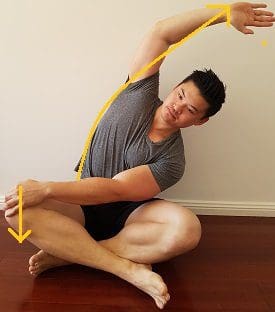
Since low back pain is common worldwide and can potentially lead to the development of trigger points along the various lower back muscles, especially the quadratus lumborum, many individuals would utilize medication specifically for low back pain to reduce the pain symptoms; however, it only masks the pain caused by myofascial trigger pain. Studies reveal manual trigger-point therapy techniques that healthcare providers use to assess patients who are in pain from myofascial trigger pain. Many will go to a pain specialist to manage trigger points when the pain becomes too much for the individual. Another method that many people should utilize as part of their daily practice is doing gentle side stretching on the quadratus lumborum to loosen up the stiff muscles and reduce the chances of trigger points forming in the affected muscle in the future.
Conclusion
The quadratus lumborum is a flat, quadrangular-shaped muscle in the iliac crest and deep back. This muscle helps with posterior mobility of the lower extremities and, when overused, can develop myofascial trigger pain associated with the low back. This can lead to various common back pain issues that affect how a person moves and become unstable when in motion. Fortunately, low back pain associated with myofascial trigger pain is treatable through various treatments that can reduce the pain and manage trigger points located in the low back. When people incorporate treatments to alleviate pain in their lower back, they will begin to experience relief and have their sense of purpose back in their lives.
References
Bordoni, Bruno, and Matthew Varacallo. “Anatomy, Abdomen and Pelvis, Quadratus Lumborum.” In: StatPearls [Internet]. Treasure Island (FL), StatPearls Publishing, 18 July 2022, https://www.ncbi.nlm.nih.gov/books/NBK535407/.
de Franca, G G, and L J Levine. “The Quadratus Lumborum and Low Back Pain.” Journal of Manipulative and Physiological Therapeutics, U.S. National Library of Medicine, Feb. 11AD, https://pubmed.ncbi.nlm.nih.gov/1826922/.
Grover, Casey, et al. “Atraumatic Back Pain Due to Quadratus Lumborum Spasm Treated by Physical Therapy with Manual Trigger Point Therapy in the Emergency Department.” Clinical Practice and Cases in Emergency Medicine, University of California Irvine, Department of Emergency Medicine Publishing Western Journal of Emergency Medicine, 29 May 2019, https://www.ncbi.nlm.nih.gov/pmc/articles/PMC6682240/.
Phillips, S, et al. “Anatomy and Biomechanics of Quadratus Lumborum.” Proceedings of the Institution of Mechanical Engineers. Part H, Journal of Engineering in Medicine, U.S. National Library of Medicine, Feb. 2008, https://pubmed.ncbi.nlm.nih.gov/18441751/.
Roach, Sean, et al. “Prevalence of Myofascial Trigger Points in the Hip in Patellofemoral Pain.” Archives of Physical Medicine and Rehabilitation, U.S. National Library of Medicine, Mar. 2013, https://pubmed.ncbi.nlm.nih.gov/23127304/.
Travell, J. G., et al. Myofascial Pain and Dysfunction: The Trigger Point Manual: Vol. 2:the Lower Extremities. Williams & Wilkins, 1999.
Disclaimer
Professional Scope of Practice *
The information herein on "Myofascial Trigger Pain Affecting The Quadratus Lumborum" is not intended to replace a one-on-one relationship with a qualified health care professional or licensed physician and is not medical advice. We encourage you to make healthcare decisions based on your research and partnership with a qualified healthcare professional.
Blog Information & Scope Discussions
Welcome to El Paso's Premier Wellness and Injury Care Clinic & Wellness Blog, where Dr. Alex Jimenez, DC, FNP-C, a Multi-State board-certified Family Practice Nurse Practitioner (FNP-BC) and Chiropractor (DC), presents insights on how our multidisciplinary team is dedicated to holistic healing and personalized care. Our practice aligns with evidence-based treatment protocols inspired by integrative medicine principles, similar to those found on this site and our family practice-based chiromed.com site, focusing on restoring health naturally for patients of all ages.
Our areas of multidisciplinary practice include Wellness & Nutrition, Chronic Pain, Personal Injury, Auto Accident Care, Work Injuries, Back Injury, Low Back Pain, Neck Pain, Migraine Headaches, Sports Injuries, Severe Sciatica, Scoliosis, Complex Herniated Discs, Fibromyalgia, Chronic Pain, Complex Injuries, Stress Management, Functional Medicine Treatments, and in-scope care protocols.
Our information scope is multidisciplinary, focusing on musculoskeletal and physical medicine, wellness, contributing etiological viscerosomatic disturbances within clinical presentations, associated somato-visceral reflex clinical dynamics, subluxation complexes, sensitive health issues, and functional medicine articles, topics, and discussions.
We provide and present clinical collaboration with specialists from various disciplines. Each specialist is governed by their professional scope of practice and their jurisdiction of licensure. We use functional health & wellness protocols to treat and support care for musculoskeletal injuries or disorders.
Our videos, posts, topics, and insights address clinical matters and issues that are directly or indirectly related to our clinical scope of practice.
Our office has made a reasonable effort to provide supportive citations and has identified relevant research studies that support our posts. We provide copies of supporting research studies upon request to regulatory boards and the public.
We understand that we cover matters that require an additional explanation of how they may assist in a particular care plan or treatment protocol; therefore, to discuss the subject matter above further, please feel free to ask Dr. Alex Jimenez, DC, APRN, FNP-BC, or contact us at 915-850-0900.
We are here to help you and your family.
Blessings
Dr. Alex Jimenez DC, MSACP, APRN, FNP-BC*, CCST, IFMCP, CFMP, ATN
email: coach@elpasofunctionalmedicine.com
Multidisciplinary Licensing & Board Certifications:
Licensed as a Doctor of Chiropractic (DC) in Texas & New Mexico*
Texas DC License #: TX5807, Verified: TX5807
New Mexico DC License #: NM-DC2182, Verified: NM-DC2182
Licensed as a Multi-State Advanced Practice Registered Nurse (APRN*) in Texas & Multistate
Multistate Compact RN License by Endorsement (42 States)
Texas APRN License #: 1191402, Verified: 1191402 *
Florida APRN License #: 11043890, Verified: APRN11043890 *
* Prescriptive Authority Authorized
ANCC FNP-BC: Board Certified Nurse Practitioner*
Compact Status: Multi-State License: Authorized to Practice in 40 States*
Graduate with Honors: ICHS: MSN-FNP (Family Nurse Practitioner Program)
Degree Granted. Master's in Family Practice MSN Diploma (Cum Laude)
Dr. Alex Jimenez, DC, APRN, FNP-BC*, CFMP, IFMCP, ATN, CCST
My Digital Business Card
RN: Registered Nurse
APRNP: Advanced Practice Registered Nurse
FNP: Family Practice Specialization
DC: Doctor of Chiropractic
CFMP: Certified Functional Medicine Provider
IFMCP: Institute of Functional Medicine
CCST: Certified Chiropractic Spinal Trauma
ATN: Advanced Translational Neutrogenomics

